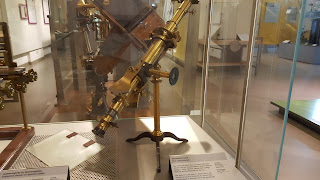Yesterday, May 25th, we went to the Hospital in the Rock Museum. The hospital itself was fascinating in the way that it was built underground. We found out that before it was a hospital ungerground, families used the caves as cellars to store their food. We learned that when the hospital first opened, it was only meant for victims of the air raids, and was supposed to hold 60 people. They then opened it up to more people due to necessity. At one point they had more than 700 patients there. The wounded were piled up everywhere. The smell was wretched and the rooms were hot. Like, over 100 degrees fahrenheit hot. Conditions were miserable, and then their water line got damaged in an air raid and they no longer had any water. People may not have died from their wounds, but they did from infection. With no running water, no new supplies, and plenty of dead bodies, they had to cut old bandages off the dead and use them on the living without sanitizing them.
Under the communist regime, they build a secret shelter that was supposed to filter the air and be safe from any nuclear bombs. They had air filters set to clean the air every 2 hours. However, only the higher up officials knew about the shelter. In order to get into the shelter in case a nuclear bomb did go off, the people would have to go through a decontamination chamber, have their head shaved, and put on an outfit and facemask that basically erased any individuality. Later in the tour we were looking at the blast radius of the nuclear bombs. Currently Russia has a crazy nuclear bomb that is like, 200 times the size of the Fat Man and Little Boy. I was surprised about the size of the current nuclear weaponry. To think that the fallout of the bombs blast radius would engulf an enormous amount of territory, and the wind blowing the radioactive material could effect an entire country.





